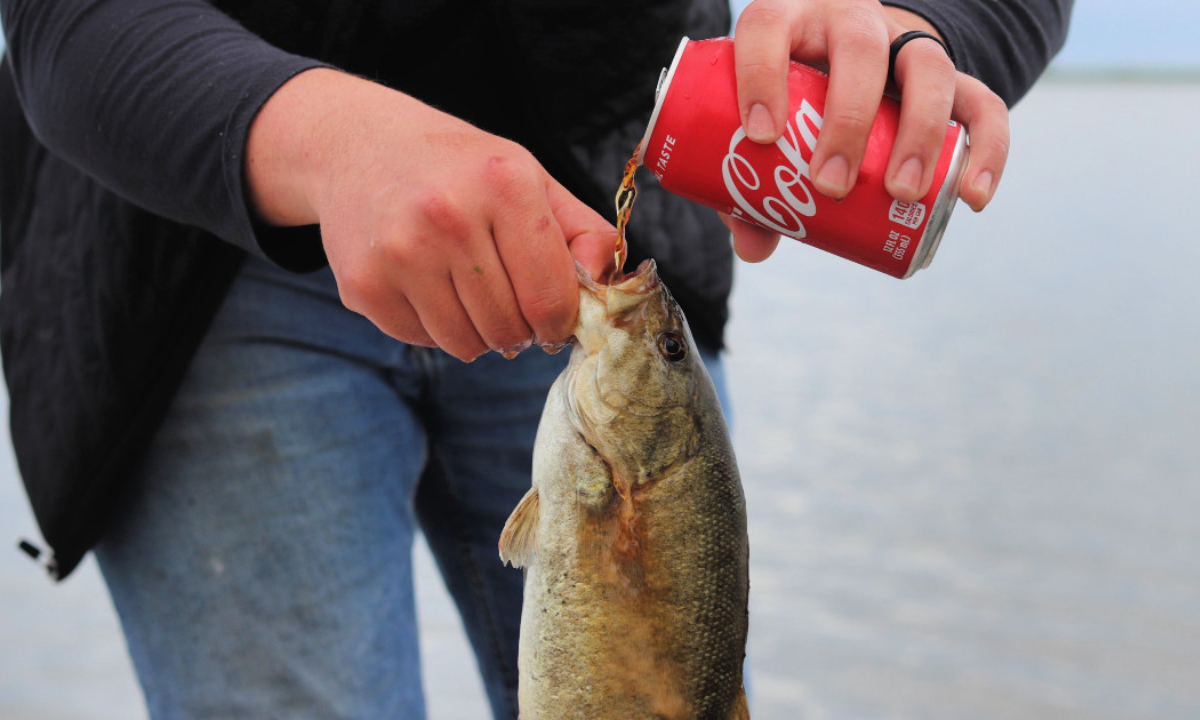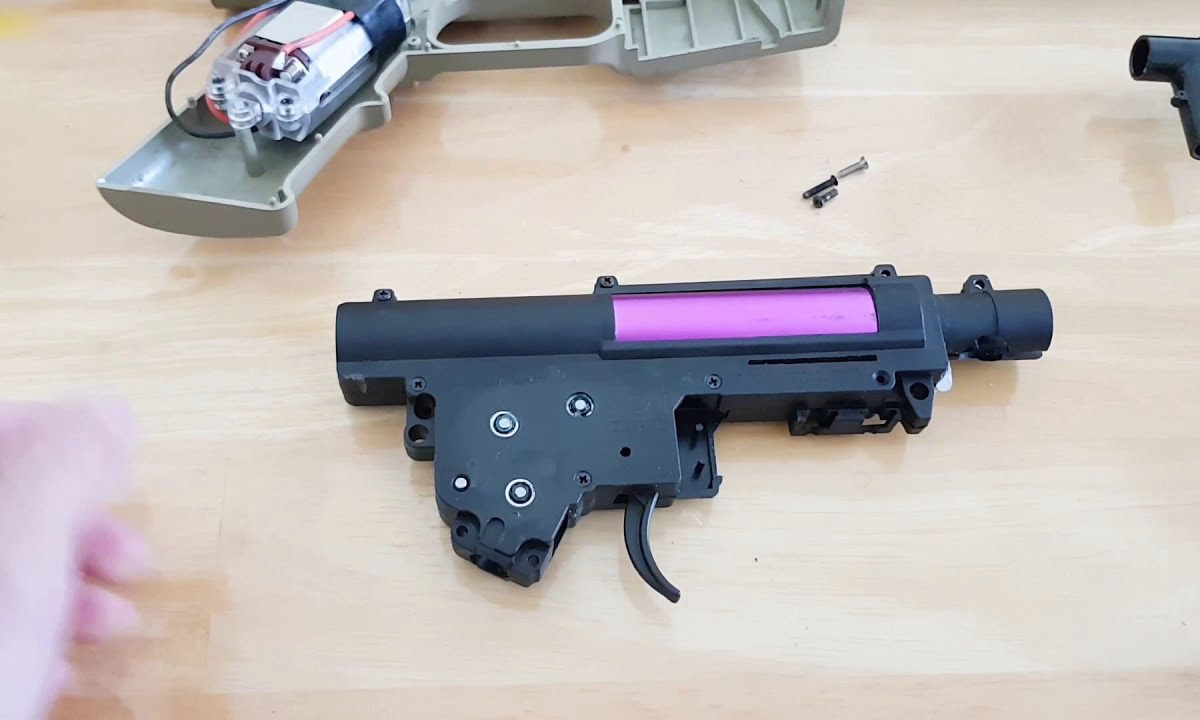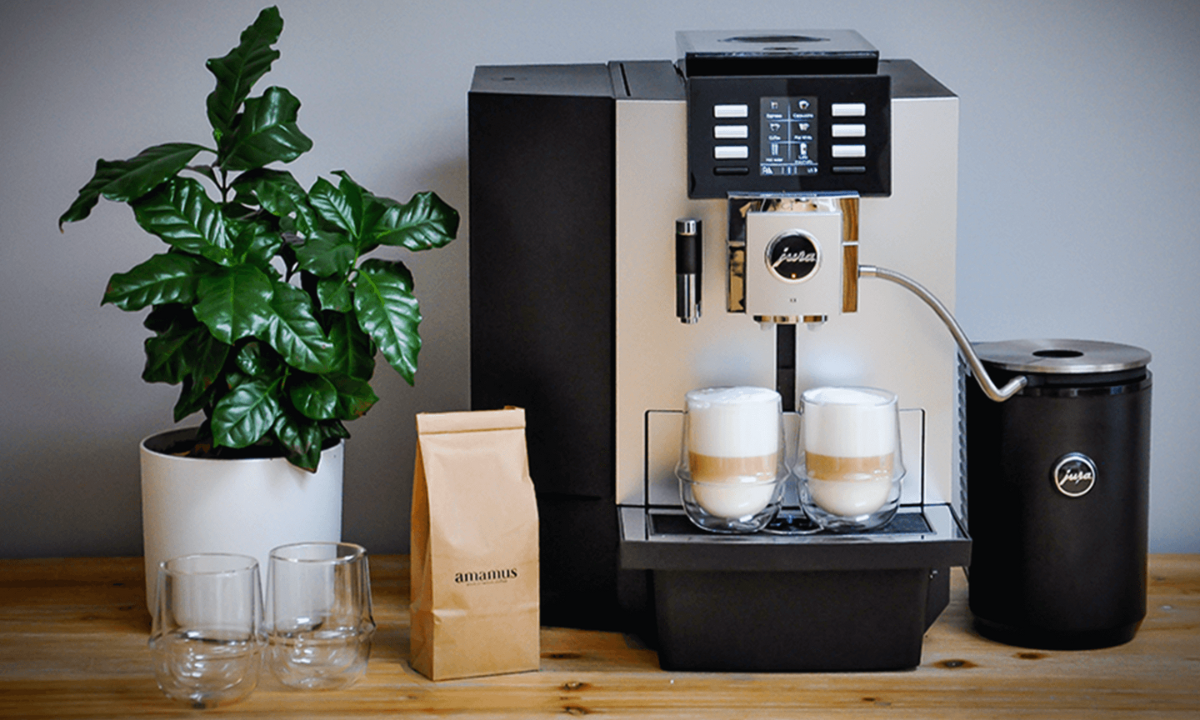To humanely kill a fish with baking soda, you can dissolve a small amount of baking soda in water and place the fish in it. Gently stir the water to ensure the baking soda is evenly distributed.
Fishing has been a longstanding tradition and source of sustenance for many cultures across the world. Whether it’s for sport or sustenance, the act of catching and preparing fish has been an integral part of human history.
However, the ethical treatment of these aquatic creatures is a matter of increasing importance, prompting the search for humane methods of dispatching fish. In this guide, we will explore a humane approach to euthanizing fish using a common household item: baking soda. By adopting this method, we aim to ensure that these creatures are treated with respect and care, even in their final moments.
Understanding The Ethical And Effective Use Of Baking Soda
Understanding the ethical and practical use of baking soda as a fish euthanasia method is crucial for any responsible fish owner. Baking soda, also known as sodium bicarbonate, offers a humane and accessible option for those seeking to end their fish’s suffering compassionately. Unlike some other euthanasia methods, baking soda causes minimal stress and pain to the fish.
The importance of ethical fish euthanasia practices cannot be overstated. Fish owners have a responsibility to ensure that their pets are treated with kindness and respect throughout their lives, including during their final moments. Baking soda provides a way to achieve this goal by effectively and humanely ending a fish’s life.
Introduction to baking soda as a humane euthanasia option reveals its potential benefits. By understanding the proper dosage and usage, fish owners can utilize this readily available household ingredient to peacefully and swiftly end their fish’s suffering. The benefits of using baking soda for fish euthanasia include its affordability, accessibility, and minimal impact on the environment.
- Benefits of Baking Soda in Fish Euthanasia
- Affordable option
- Readily available in most households
- Minimal environmental impact
Proper Application Techniques Using Baking Soda
Proper application techniques using baking soda are crucial to ensure the humane euthanasia of a fish. When using baking soda, it is essential to determine the appropriate dosage and concentration to be administered. Providing the fish tank is prepared before euthanasia is also necessary. When designing the fish tank for euthanasia, firstly, clean the tank thoroughly to eliminate any bacteria or toxins that could harm the fish. Next, fill the tank with water and maintain appropriate temperature and pH levels.
This will ensure a suitable environment for the fish’s wellbeing. To administer baking soda for euthanasia, follow this step-by-step guide. Start by dissolving the baking soda in a separate container filled with water. Once completely dissolved, gradually introduce this mixture to the fish tank. Monitor the fish closely during this process, observing any signs of distress or pain. Remember, always ensure the appropriate dosage and concentration of baking soda for euthanizing a fish. This provides a painless and humane method of euthanasia.
Monitoring And Ensuring The Humane Outcome
Recognizing the Signs of Euthanasia Completion
It is crucial to closely monitor the signs that indicate the completion of euthanasia when using baking soda to humanely kill a fish. Look for loss of gill movement and slow and erratic body movements. These are clear indications that the procedure has been successful in humanely ending the fish’s life.
Monitoring Fish Pain and Distress during the Process
During the process of euthanizing a fish with baking soda, it is essential to be vigilant and keep a watchful eye on any signs of pain or distress. While the procedure itself is humane, it is necessary to ensure that the fish does not experience unnecessary suffering. Monitoring for agitated movements, increased respiration rates, or unusual behaviour can help assess the pain level the fish might be experiencing and take appropriate actions.
Understanding the Importance of Post-Euthanasia Care
Once the fish has been euthanized, post-euthanasia care is vital to ensure a respectful and responsible handling of the body. Proper disposal methods should be followed to prevent any negative environmental impact. Options such as burial, cremation, or deep freezing can be considered, considering local regulations and personal preferences.
Expert Tips And Tricks For Successful Fish Euthanasia
When euthanizing fish, using baking soda is a humane method many fish keepers prefer. The process involves sedating the fish using a baking soda solution, which reduces stress and pain during the euthanasia process.
Considerations For Different Fish Species
It is important to note that the amount of baking soda required may vary depending on the fish species. Generally, a ratio of 1 teaspoon of baking soda per gallon of water is recommended. However, for more delicate species, such as goldfish, it is advisable to reduce the concentration to half a teaspoon per gallon to prevent any potential harm.
Alternative Methods And Supplementary Techniques
In addition to baking soda, several other methods can be used for euthanizing fish, such as clove oil or ice baths. These methods should be carefully researched and applied according to specific fish species requirements to ensure a humane process.
Addressing Common Challenges And Troubleshooting
While euthanizing fish with baking soda is generally a straightforward process, some challenges may arise. For example, fish may not readily consume baking soda-laden food, or they may not show immediate signs of sedation. In such cases, it is crucial to consult a veterinarian or experienced fishkeeper for guidance on troubleshooting and resolving any issues that may arise during the euthanasia process.
Conclusion
Utilizing baking soda as a humane method for euthanizing fish offers a reliable and accessible option for fish keepers. Its efficacy lies in its ability to quickly lower the pH level and induce a painless and peaceful death for the fish.
Remember, it is crucial to prioritize the well-being and ethical treatment of our aquatic companions, and using baking soda helps us achieve that goal.
Frequently Asked Questions Of How To Humanely Kill A Fish With Baking Soda
How Does Baking Soda Humanely Kill A Fish?
Baking soda can be used to carefully lower the pH level of water in a fish tank, inducing a humane euthanasia process. By gradually adding a small amount of baking soda, the water becomes less hospitable for the fish, allowing it to peacefully pass away.
Is It Necessary To Use Baking Soda To Euthanize A Fish?
Using baking soda to euthanize a fish is not the only method available. There are alternative humane methods, such as clove oil or putting the fish in the freezer. However, baking soda is a common choice due to its accessibility and ease of use.
What Precautions Should Be Taken While Using Baking Soda For Fish Euthanasia?
When using baking soda for fish euthanasia, it is essential to strictly follow the recommended dosage to ensure the process is humane. Additionally, it is crucial to monitor the fish closely during the procedure and to prioritize their wellbeing by providing a stress-free environment.
Consulting with a veterinarian is advised for further guidance.



